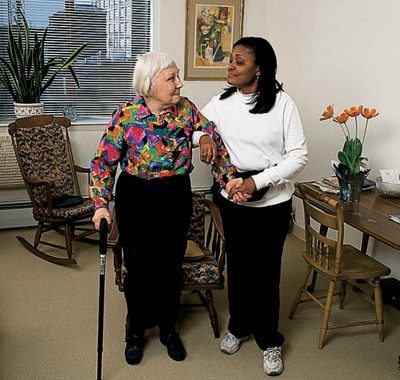
Nursing Schools Turn Away Qualified Applicants Despite Nursing Shortage
Demand for nurses has never been higher. As Baby Boomers age, their increasing healthcare needs are driving up labor demands in an unprecedented way. America’s aging population presents challenges the nation has never faced before and has created a demographic cliff where there will not be enough workers in the labor pool to meet the healthcare industry’s labor demand. Industry analysts anticipate labor shortages across the board, especially in nursing. In fact, the nursing shortage is already here. Despite a nationwide nursing shortage, nursing schools are turning away qualified applicants.
The nursing shortage is part of a more substantial labor shortage.
The nursing shortage is nothing new. Healthcare experts have predicted a labor shortage for more than a decade in anticipation of the Baby Boomers’ retirement. Despite full knowledge of this growing problem, few lasting solutions have been enacted. Nurses in particular work in a wide variety of services, from home health and hospice to in-hospital care. Their ability to move from one part of the healthcare sector to another means specific disciplines, such as home health nursing, are competing aggressively to win over nurses. Where one sector gains a nurse, however, another loses one.
Part of the growing problem stems from a broader labor shortage. In a study released in December 2015, the U.S. Bureau of Labor Statistics (BLS) stated that the compound annual growth rate for home healthcare services from 2014-2024 will be nearly 5%, the highest among all industries. The study cites an aging population and favorable regulatory conditions as the primary drivers for this growth. Employment creation for a variety of skill levels, from registered nurses to unlicensed private duty caregivers, will add an estimated 760,000 jobs to the economy by 2024.
The study also estimates that, including other kinds of positions revolving around post-acute care, the total figure of new jobs may climb to one million new caregiving jobs. These staggering estimates eclipse all other industries in the United States and will put incredible strain on an industry already in short supply of professional caregivers, including nurses. With CNA’s and other caregivers in short supply, nurses tend to fill in the labor gaps.
Why are nursing schools turning away qualified applicants?
The healthcare industry needs more nurses and so do nursing programs. Nursing schools rely on trained nurses to fulfill significant parts of their curriculum, but to find teachers, schools must pull from the same labor pool as the healthcare industry. Nursing schools must compete for the same labor as other healthcare sectors, but often with far fewer resources and incentives.
In a recent article from CNN, Robert Rosseter, spokesman for the American Association of Colleges of Nursing, explains, “It’s really a catch 22 situation. There’s tremendous demand from hospitals and clinics to hire more nurses. There’s tremendous demand from students who want to enter nursing programs, but schools are tapped out.”
At the heart of the problem is pay. According to the American Association of Nurse Practitioners, nurses earn an average of $97,000 per year in the private sector, whereas nursing school assistant professors earn an average of $78,575 per year. The $18,000 per year pay gap presents a significant obstacle to nursing schools to compete effectively for labor. With too few teachers, schools across the country are turning away qualified applicants in droves.
What the nursing shortage means for home care.
Family caregivers are in short supply. The Pew Research Center, in collaboration with the Bureau of Labor Statistics, found that 40.4 million Americans provide care for an adult over 65 years of age. These caregivers tended to be between the ages of 45 and 64. Nearly one in four adults in this age range act as a caregiver for an older adult in some capacity. While the number of people who need care is expected to grow to nearly 120 million by 2024, the number of family or informal caregivers is only likely to increase to 45 million. The shortfall means there will soon be a massive shortage of family or informal caregivers, which will inevitably spill over into the paid caregiver sector, including nursing.
Unfortunately, the nursing profession will not have the ability to meet the labor demands of post-acute care unless a massive change takes place. Despite federal grants to help fund nursing schools to improve access to education programs, schools will continue to compete with the healthcare industry for labor, and nursing programs will continue to face a teacher shortage.
More concerning still, nursing is a high-demand, high-turnover profession, and caregiver burnout is a tremendous problem that the industry has yet to solve. In a recent survey by Home Care Pulse, turnover rates in the home care industry exceed 70%. Agencies struggle to find qualified caregiving candidates, including nurses and must foot the bill for recurrent training and orientation. The cost of repeatedly recruiting and losing nurses presents a significant obstacle to the industry’s growth.






